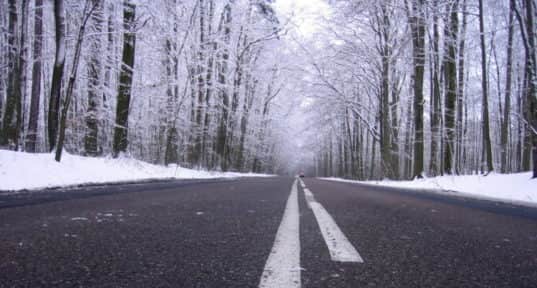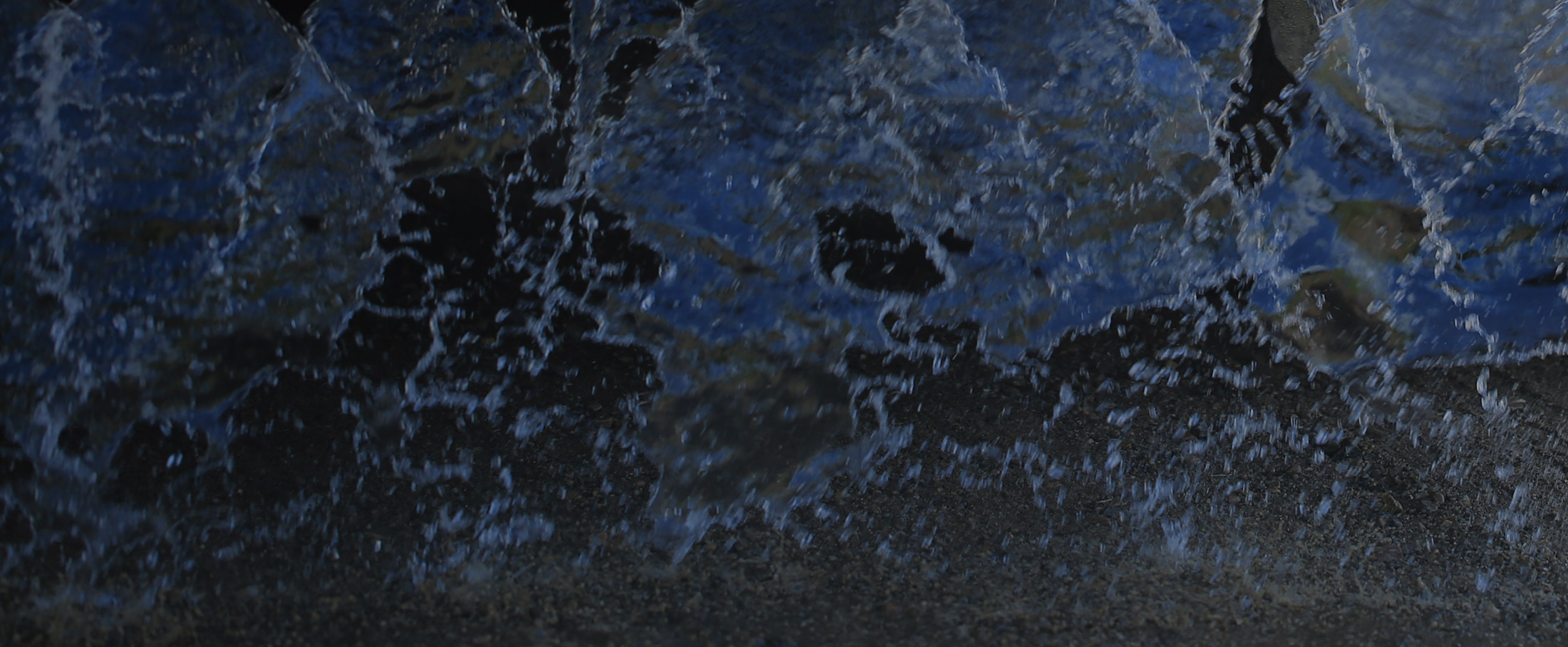
08 Mar Can I Use Calcium Chloride with Brine?
We are frequently asked if calcium chloride is compatible with brine, what the benefits are of adding calcium chloride and what the blending rate should be. As our customers modernize their operations, many are moving from traditional rock salt to a brine solution. Liquid deicers are gaining popularity because highway departments need fast results – customers expect their products to be fast-acting so roads can be cleared and deemed safe as soon as possible. Liquid deicers eliminate the waiting period of a solid needing to dilute in order to melt snow and ice. The deicing begins immediately. Additionally, rock salt becomes ineffective below 20 degrees. Adding calcium chloride to your winter operations strategy will increase your effectiveness and save you money by eliminating unnecessary additional salt.
When paired with our corrosion inhibited calcium chloride product, BOOST, a brine solution will have a lower freeze point and effective temperature range. We recommend blending at a 20% BOOST and 80% brine ratio for optimum results. This blending rate is lower than other additives recommended blending (some are as high as 50-50). A lower blending rate automatically saves our customers money on their winter operations. Adding calcium chloride to brine will also not dilute your brine solution, unlike other additives like beet juice.
Here are a few facts to keep in mind when mixing brine and BOOST:
Salt brine:
Eutectic 23.3% @ 59° F
Specific gravity at 23.3% 59°F 1.179
Specific gravity at 23% 59°F – Mixed w/20% BOOST 1.279
Pounds of salt per gallon of brine 2.28 lbs @ 23.3% 59°F
You must use a hydrometer to measure the combined product. A salinometer (can go by several different names) won’t measure correctly with combined chlorides.
When mixing 80/20 blend, remember that to make 1,000 gallons, you can’t just mix up 1,000 gallons and add 200 gallons of BOOST. To make a 80% – 20% mixture, you need to make 800 gallons of brine and add 200 gallons of Boost.
Calcium Chloride and Sodium Chloride will take a bit to combine and give you a correct reading. We suggest waiting at least a couple of hours before taking the first reading.
If you have any questions on how to achieve the best results with your brine solution and calcium chloride, contact a Great Lakes Chloride representative!



